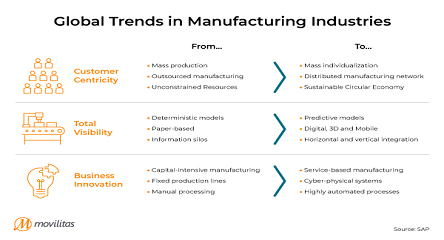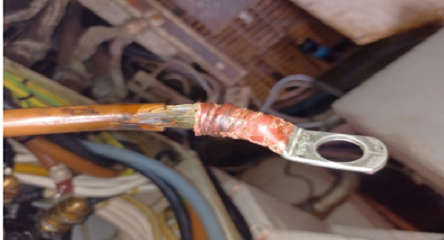Right track? Right train?
Your job is to improve reliability and you have a plan. It focuses on bad-actors, having the right data, cleaning up some parts data that is known to be causing delays in work execution, a bit of training in reliability methods and your adding engineers. You are certainly on the right track with your plan and the actions you will take should indeed make some improvement. But are you on the right track?
Why do you want reliability? It’s a key enabler to achieving high asset availability and that in turn helps reduce your overall operating and maintenance costs per unit of output. Your train is on the track and you have one car – reliability. Most trains have many cars – is your train complete?
Does your train have the right driver? Reliability initiatives usually reside in a reliability improvement group, or in maintenance, perhaps even in engineering. If it is within maintenance there is a chance that reliability improvements will be implemented if they entail only maintenance activity and if maintenance is actually being performed efficiently. If it lies within engineering (the sort that does not include maintenance), then there is a chance the improvements will be ignored by field staff in maintenance and operations. If the reliability group stands alone, then there is a chance that they will have an impact, but there’s also a chance they won’t. Reliability groups are often seen to be much the same as engineering, albeit on site instead of sitting in a head office somewhere else. All of these groups, who are all naturals to take this on, will struggle to get results, so arguably it doesn’t matter who takes the lead.
Let’s look at the reliability train. We know that “culture trumps everything” and any change will struggle to get past culture – old habits, old processes, old informal hierarchies, influencers who just don’t get it, etc. In established cultures, we have many people who all have egos. Defending the status quo serves the ego and sustains perceived levels of importance, even at the expense of overall improvements. Those egos get in the way – they block individuals and they block organizations. Getting past ego is a big challenge and it requires a shift in thinking, perceptions, and likely in the direction from those who run the organization.
Unreliability is a result of flaws in one or more of engineering (design), operating practices and/or maintenance. Fixing it will require collaboration among those three groups. Culture can be in the way of that collaboration. Maintenance often complains about design and operating practices or operators who don’t know what they are doing. Operators are quick to point fingers at maintenance. Engineers are often oblivious to the other two. What will bring them together?
For certain, an improvement initiative that is solely in the hands of one group will face a big chance of failing. Even if it can achieve some improvement it is likely to be limited.
Companies are organized into operational (functional) groups or silos. In many organizations, those silo walls are thick and have few windows. Considering that your reliability improvements will need action by multiple groups, you need those walls to come down. Someone higher up the organizational food chain needs to be your sponsor – someone who is engaged and involved, not just a senior title who delegates. The boss needs to care.
Imagine you have problems with data and you know that your EAM is difficult to use, people are poorly trained in it and a major change is likely needed to the software to resolve process and usage inhibitors. Maintenance, engineering, and operations on their own won’t be able to make this happen. They will need cooperation and help from information technology and information management. They often reside in their own silo, sometimes under finance where the emphasis will be on making no changes that will cost more. You’re stuck. You need someone senior enough to bring all thee needed players to the table and insist that they work out a solution among their various competing priorities.
I would argue that reliability doesn’t have a high enough profile. Maintenance is really focused on the efficient execution of activities that restore and sustain asset performance. Reliability, if it is getting any real focus at all, is often a sub-set of maintenance. Shouldn’t the focus be on availability with reliability as an enabler, just as efficient maintenance execution is an enabler? We have managers for maintenance and we might have sub-ordinate managers for reliability. But do we ever have a manager for availability with subordinate managers for maintenance and reliability? We tend to focus on the means and not the end. Raising the profile of what we are targeting may just help to get past some of these problems we are facing.
Getting the best results will involve even more – a collaboration among functional areas. That, in turn, will require a higher level sponsor who gets involved, keeps the pressure on and helps to clear away the barriers.
You need a longer train, more cars, and the right driver!





